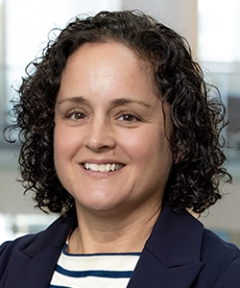Aging in place: Cathedral needed

By Liz Beaulieu, Editor
Updated Thu October 15, 2015
When Laurie Orlov heard Joe Coughlin, director of MIT's AgeLab, talk about the need for a unified vision for the growing number of technologies that allow seniors to age in place, she felt he was talking to her directly.
“He said we need a cathedral builder,” she said.
Here's what Orlov, the founder of Aging in Place Technology Watch and Boomer Health Tech Watch, had to say about how technology can reduce costs and improve care for the wave of roughly 10,000 baby boomers turning 65 each day.
The cost conundrum
Orlov says seniors are delaying moving into assisted living facilities not only because they prefer to stay at home but also because they're living longer and can't afford to pay for these facilities for 10, 20, even 30 years.
“The cost of care for assisted living will be $51,000 per year by 2020,” she said. “Where are we going to be in our later years, with our longevity and the price of assisted living facilities?”
The business of health care
Orlov says technology can grease the wheels for the seniors who want—and need—to stay in their homes longer, an opportunity not lost on businesses and investors. She points out that Silicone Valley-startup Honor, an online marketplace for caregiving services, recently received $20 million in venture capital funding.
Tech trends
Orlov says the biggest trends in technology that allow seniors to age in place include predictive analytics, wearables, proximity awareness and voice activation.
In predictive analytics, for example, Orlov used as an example CareSage from Philips, a cloud-based “engine” that collects and analyzes data from the company's Lifeline wearable device to identify patients that are most likely to have health issues. The idea: Clinicians can intervene before problems occur, helping these patients stay healthier and reducing avoidable hospitalizations.
Comments